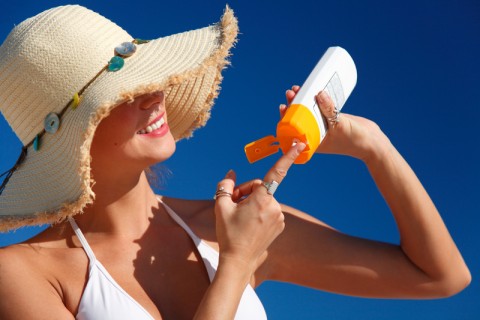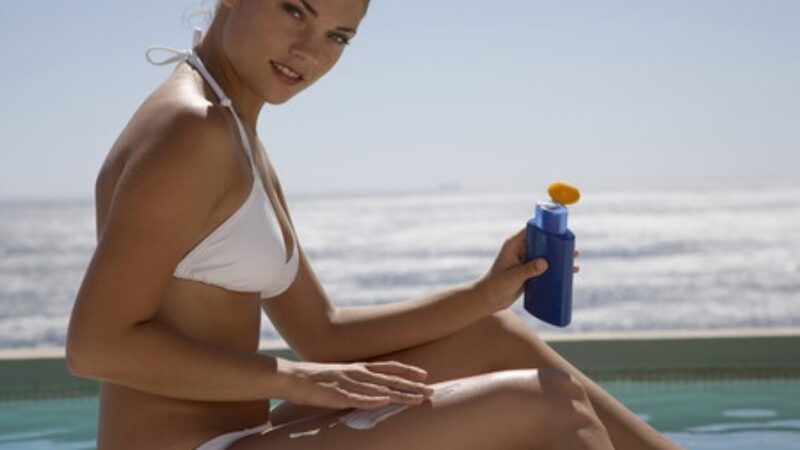If the warm-weather clothes and shelves of sunscreen in stores haven’t clued you in yet, spring has sprung and summer is definitely on its way. Now is the perfect time for a refresher course on how to read sunscreen labels and de-mystify some of the common terminology found on the packaging.
SPF= Sun Protection Factor. This rating system, developed in 1962, measures the length of time a sunscreen will protect you from the burning UVB rays compared to how long it would take you to burn with no protection whatsoever. For instance, if you typically burn in 10 minutes, an SPF 30 product should give you protection for 10 minutes x 30, so 300 minutes. However, this is very much dependent on applying adequate amounts, something most of us do not do. Another thing to keep in mind: reapplying after the recommended 2 hours does not extend your protection time by another 300 minutes. You are simply maintaining the same level of protection for the same amount of time. The SPF rating does not give any indication of the amount of protection afforded against UVA rays (those responsible for skin aging). Which brings us to….
Broad Spectrum= containing sun filters that will protect against the burning UVB rays as well as the longer, more penetrating UVA rays that are linked to signs of premature aging and many types of skin cancer. Over the last 10 years, it has become increasingly evident that UVA rays are responsible for damaging skin cells in the basal layer of the epidermis where most skin cancers occur. UVA rays are also prevalent year round and can go through clouds and windows, further supporting the need for sunscreen year round, regardless of weather. Our favorite is Anthelios, containing a combination of both physical and chemical sunscreens to protect us from the widest range of UVA and UVB rays possible.
Water-resistant= effective for 40 minutes of swimming or heavy perspiring, according to industry standards. Very water-resistant products provide up to 80 minutes of protection. However, sunscreen should be reapplied after toweling off, regardless of the amount of time actually spent in the ocean or the pool. No sunscreen is towel-resistant!
Whether you choose a cream, lotion, spray or gel, finding a sunscreen that you love to wear every day is key to effective sun protection. As we always like to say: the best sunscreen is the one you use.



